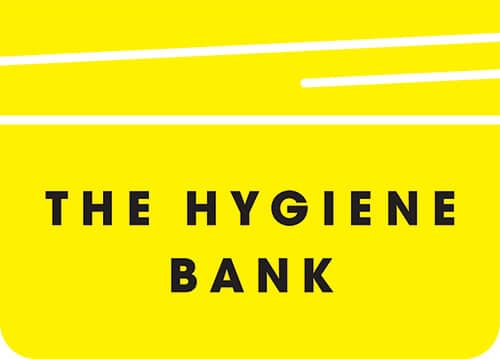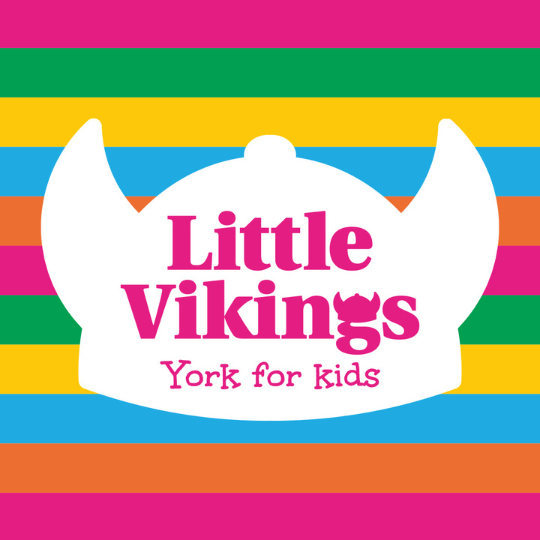Is Invisalign the same as retainers
How Invisalign Works
Invisalign is a revolutionary orthodontic treatment that utilises a series of clear, custom-made aligners to gradually straighten your teeth. Unlike traditional metal braces, Invisalign aligners are virtually invisible, making them a discreet and aesthetically pleasing option for those seeking to improve their smile.
The process begins with your dentist or orthodontist taking a 3D scan of your teeth. This digital model is then used to create a personalised treatment plan, which maps out the step-by-step movement of your teeth throughout the treatment.
How Retainers Work
A retainer, on the other hand, is a dental appliance that is used to hold your teeth in their new, corrected positions after orthodontic treatment. Once your braces or Invisalign treatment is finished, your dentist or orthodontist will provide you with a retainer to wear, as this is a crucial step in maintaining the results of your treatment. Retainers work by exerting a light, constant pressure on your teeth, preventing them from shifting back to their original positions. This is important because your teeth can naturally tend to move and revert to their pre-treatment alignment, especially in the months and years following your orthodontic treatment.
Differences Between Invisalign and Retainers
Both Invisalign and retainers are used in the context of orthodontic treatment. They also serve distinct purposes and have several key differences:
- Removability: Aligners are designed to be removed for eating, brushing, and flossing. On the other hand, retainers are typically meant to be worn continuously, except for these same activities.
- Treatment Duration: Treatments can take several months to a year or more, depending on the complexity of your case. Retainer wear is a lifelong commitment to maintain your results.
Similarities Between Invisalign and Retainers
- Orthodontic Correction: Invisalign and retainers are used to correct and maintain the alignment of your teeth. However, they do so in different ways.
- Customisation: Both Invisalign aligners and retainers are custom-made to fit your unique dental anatomy and treatment needs.
- Removability: Both Invisalign aligners and retainers are designed to be removable for certain activities, such as eating, brushing, and flossing.
- Compliance: The success of both depends on your diligent compliance with your dental professional’s instructions for use and wear time.
- Maintenance: Both treatments require regular cleaning and care to maintain their effectiveness and prevent the build-up of bacteria or plaque.
When to Use Invisalign and When to Use a Retainer
Invisalign is generally recommended for individuals who are seeking to actively straighten their teeth and improve the overall appearance of their smile. It is an excellent choice for those with mild to moderate orthodontic issues. Invisalign can treat crowding, spacing, or misalignment, and those who desire a discreet, comfortable, and efficient treatment option.
On the other hand, retainers are essential for maintaining the results of any orthodontic treatment, whether it was achieved through Invisalign, traditional braces, or other methods. After your active treatment is complete, your dentist or orthodontist will prescribe a retainer to be worn as directed, ensuring that your teeth remain in their new, corrected positions.
It’s important to note that in some cases, a combination of Invisalign and retainer wear may be recommended. Invisalign can be used to straighten your teeth and then transition to a retainer to keep them in place.
Book a consultation today if you’re considering Invisalign or need a retainer.










 2 dental health examinations per year
2 dental health examinations per year